Phishing tricks are a huge issue in our computerized world.. They try to get you to share personal info like passwords and bank details. These scams usually come through emails, websites, or texts that look real.
It’s important to know how these scams work to protect yourself. By spotting them early, you can keep your money and personal info safe. This helps prevent identity theft and keeps your finances secure.
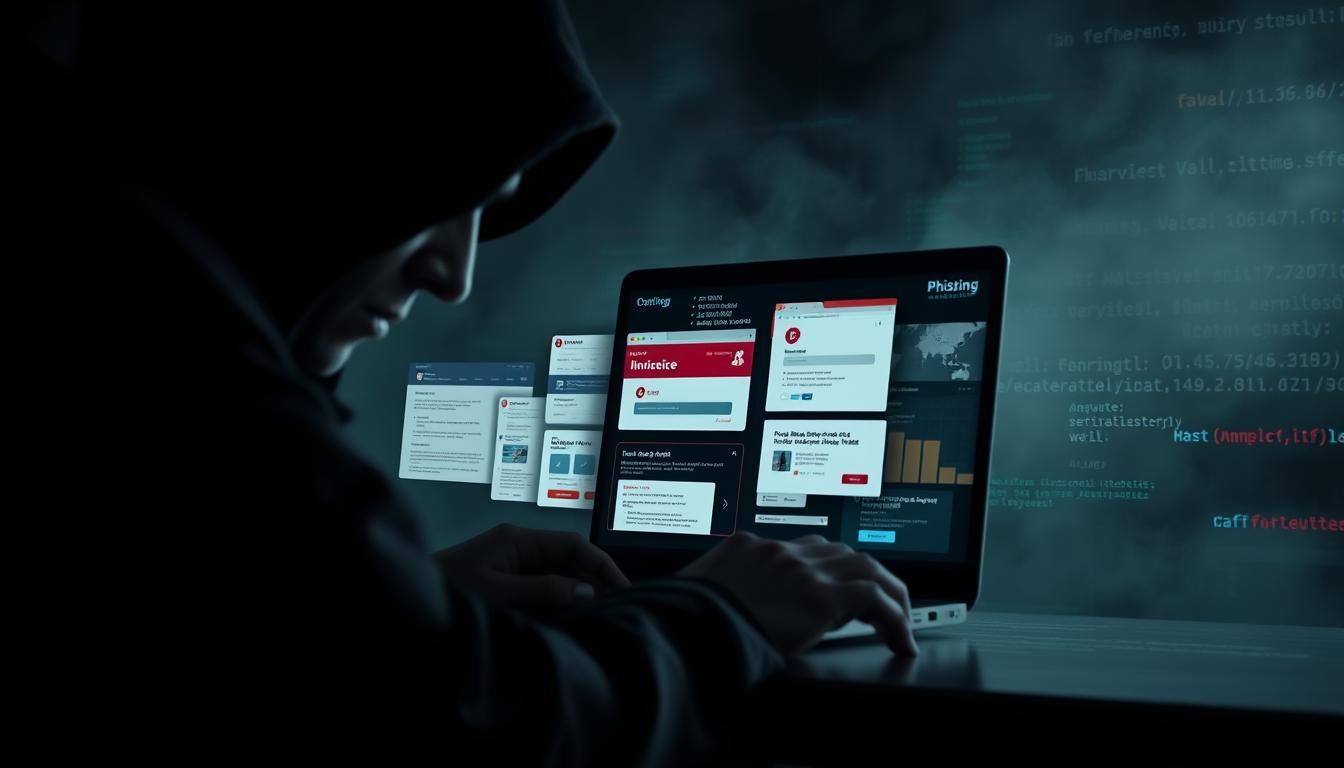
Key Takeaways
- Phishing scams often appear to be from trustworthy sources.
- Being aware of identity theft prevention methods is crucial.
- Data security starts with recognizing online safety basics.
- Understanding how phishing works helps you stay vigilant.
- Consequences of falling for phishing can be severe.
- Effective online safety requires continuous awareness and learning.
Understanding Phishing: The Basics
Phishing is a big problem online. It traps individuals into sharing private information like passwords or credit card numbers. Knowing how to spot these scams helps keep your personal info safe.
What is Phishing?
Phishing is when bad guys use fake messages to get your private data. They might look like real companies in emails, messages, or websites. Their objective is to take your personality or money.
How Phishing Scams Work
Scammers try to scare or rush you into acting fast. They might say your account will be closed if you don’t act right away. This is to get you to react quickly, without thinking it over.
Types of Phishing Attacks
Knowing about different phishing attacks helps you avoid them. Here are some common ones:
- Spear Phishing: Goes after specific people or groups, using their info to seem real.
- Whaling: Targets big shots like bosses or directors with tailored scams.
- Vishing (Voice Phishing): Scammers call you, pretending to be someone official, to get your info.
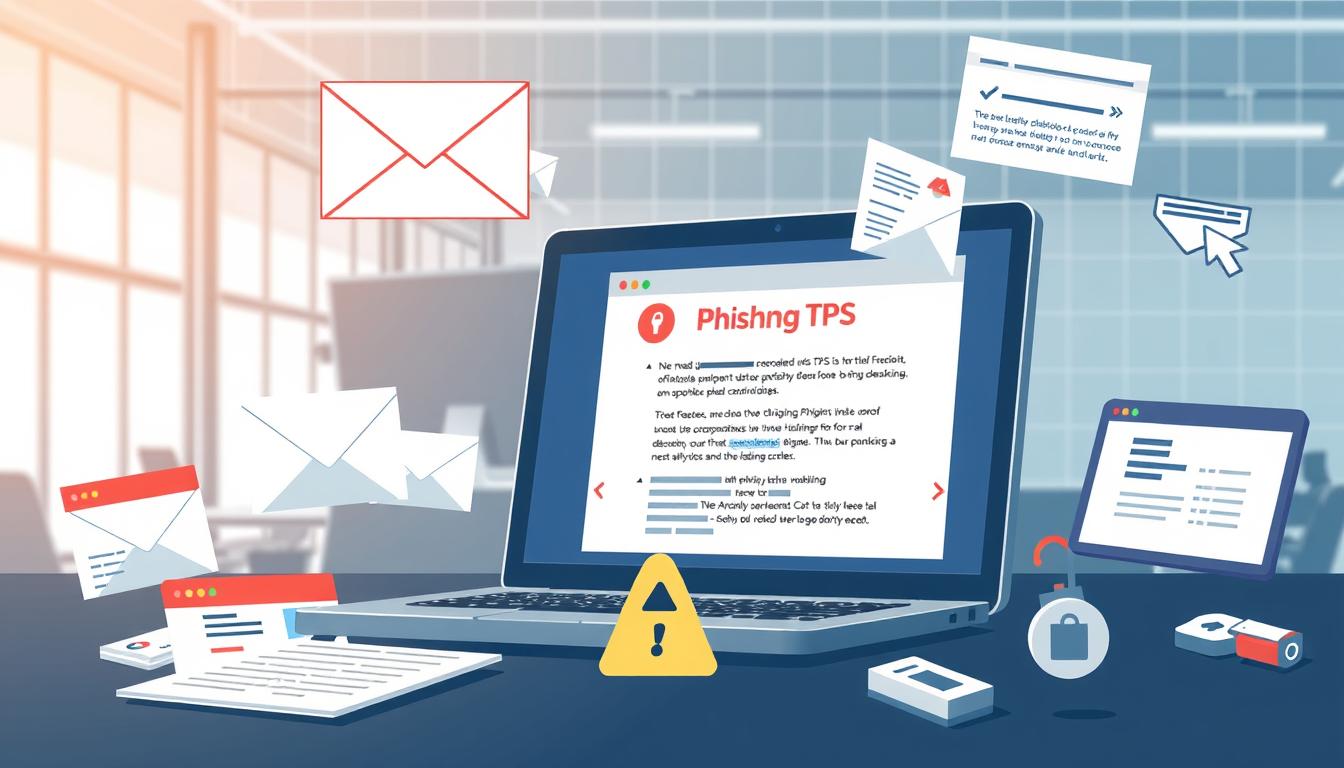
How to Identify and Avoid Phishing Scams
Spotting phishing tricks needs you to be cautious and informed. Knowing the signs of phishing emails can protect you from fraud. Learning to spot fake links and websites boosts your online safety. Real-life examples help you better recognize suspicious messages.
Common Red Flags of Phishing Emails
- Nonexclusive Welcome: Phishing emails regularly begin with unclear greetings like “Expensive Client” rather than your name.
- Urgent Language: Watch for messages that create a sense of urgency, prompting you to act immediately.
- Unfamiliar Email Addresses: Check the sender’s email.In the event that it looks suspicious or doesn’t coordinate the company title, be wary.
- Requests for Private Data: Genuine organizations never inquire for touchy information through email.
Spotting Fake Links and Websites
When browsing online, it’s crucial to avoid fake links that can lead to phishing websites. Always hover over links before clicking to see the true URL.Indeed slight modifications in spelling can demonstrate a potential scam. To verify a link, check if it is secured with HTTPS and the correct domain.
Real-Life Phishing Email Examples
“Your account has been compromised. Log in immediately to secure your information.”
This message shows many warning signs of online fraud, like urgency and threats. Always analyze such content critically before taking action. By recognizing these red flags, you empower yourself against suspicious messages and create a stronger defense against scams.
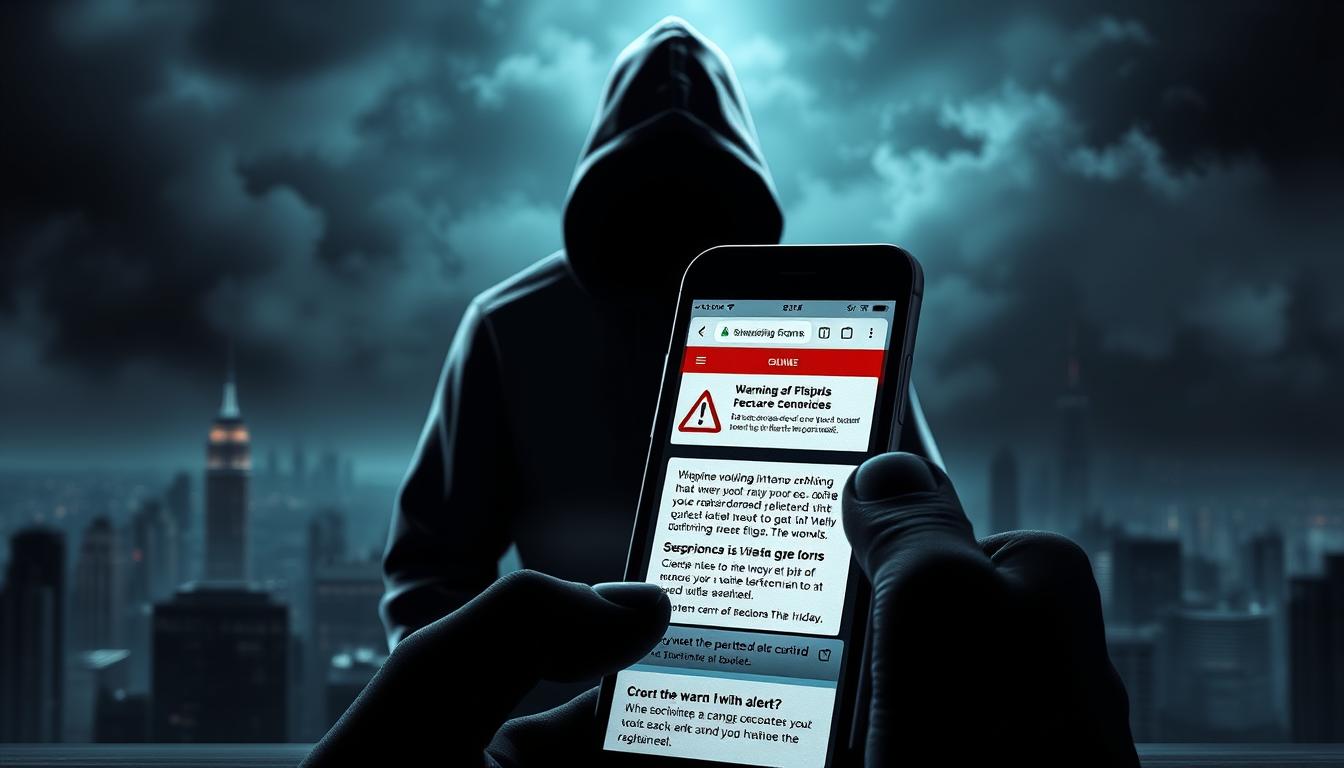
Protecting Your Personal Information
In today’s digital world, knowing about online fraud is key. Being mindful makes a difference when you spot tricks early and act fast. Staying alert online keeps your info safe and lets you use the internet safely.
Importance of Online Fraud Awareness
Knowing about online fraud boosts your security. Spotting fake signs lets you protect your data well. The internet is full of changing scams, so staying informed is vital.
Steps to Secure Your Data
- Regularly update your passwords to maintain strong security.
- Be cautious about sharing your personal information on social media and other platforms.
- Get it the security settings given by websites and applications simply use.
- Monitor your financial accounts for any unusual activity.
Cyber Scam Protection Tools to Consider
Using cyber scam protection tools can really help keep you safe online. Here are some tools to add to your security plan:
Best Practices for Phishing Prevention
Being proactive in your approach to phishing protection can significantly reduce risks. Effective phishing prevention tools, such as those that offer scam email alerts, empower you to stay one step ahead. Utilize these best practices to enhance your defenses against phishing attacks.
Verifying Links Before Clicking
Always verify the link’s legitimacy before clicking. Float over the interface to see the real URL destination. Be cautious; phishing emails often disguise malicious links to appear trustworthy. Knowing how to detect phishing involves recognizing these deceptive tactics. Trust your instincts; when in doubt, do not click.
Enabling Spam Filters and Two-Factor Authentication
Utilizing your email provider’s spam filter can help eliminate potential phishing emails before they infiltrate your inbox. This activity can essentially lower the probability of falling victim to tricks. Enabling two-factor authentication (2FA) further protects your accounts, requiring an additional verification step when logging in. These measures act as effective phishing prevention tools that bolster your security.
Reporting Phishing Attempts Effectively
When you receive a phishing email, report it promptly to the relevant authorities or your email provider. This action not only assists in blocking the sender but also helps protect others within your community from the same threat. Be attentive to how to detect phishing attempts and play a part in enhancing overall online security.
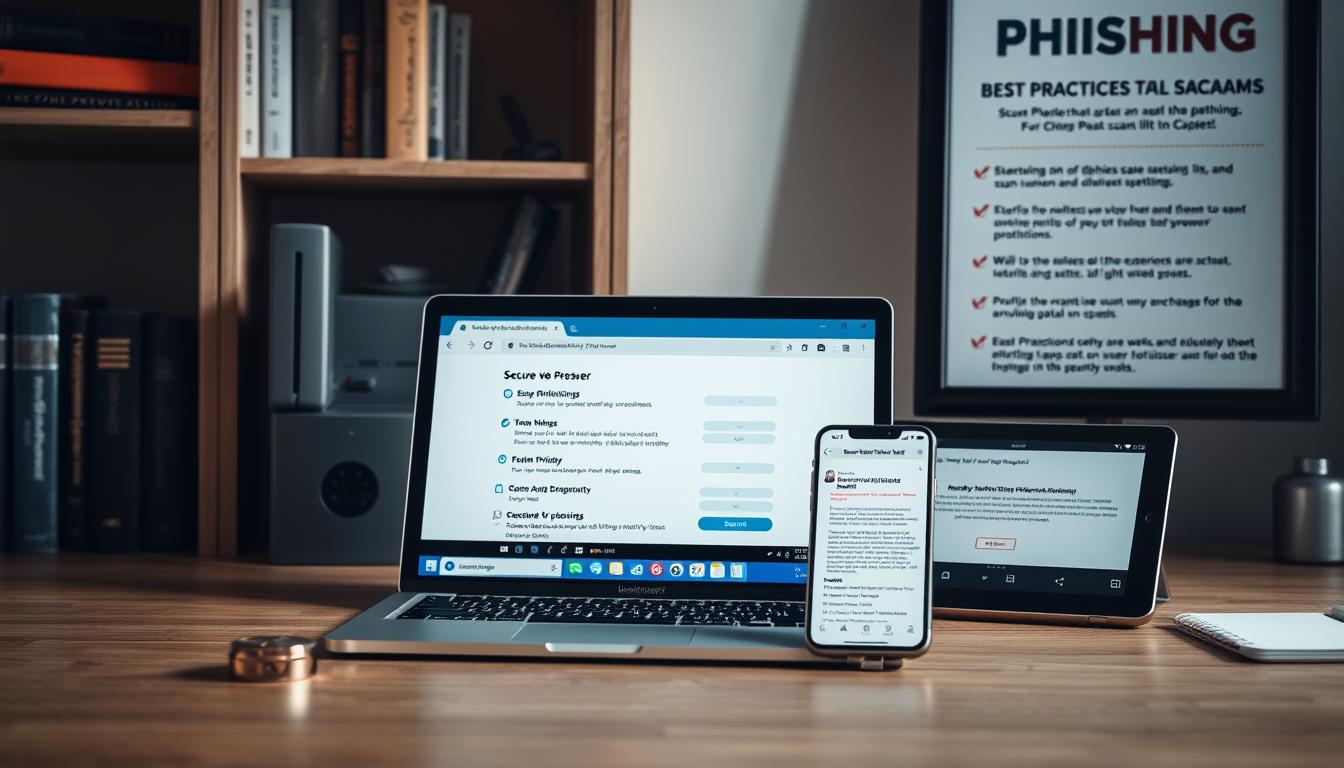
Conclusion
Understanding phishing scams is key to keeping your personal info safe online. By following the tips in this guide, you can lower your risk of falling prey. Always be on the lookout for potential threats to avoid data breaches.
Using tips like checking links before clicking and setting up two-factor authentication can help protect you. Share this data together with your friends and family. When everyone is alert, we can all stay safer from phishing scams.
Staying informed is crucial in fighting online scams. Learn how to protect your digital world. With the correct information, ready to make the web a more secure put for everybody.

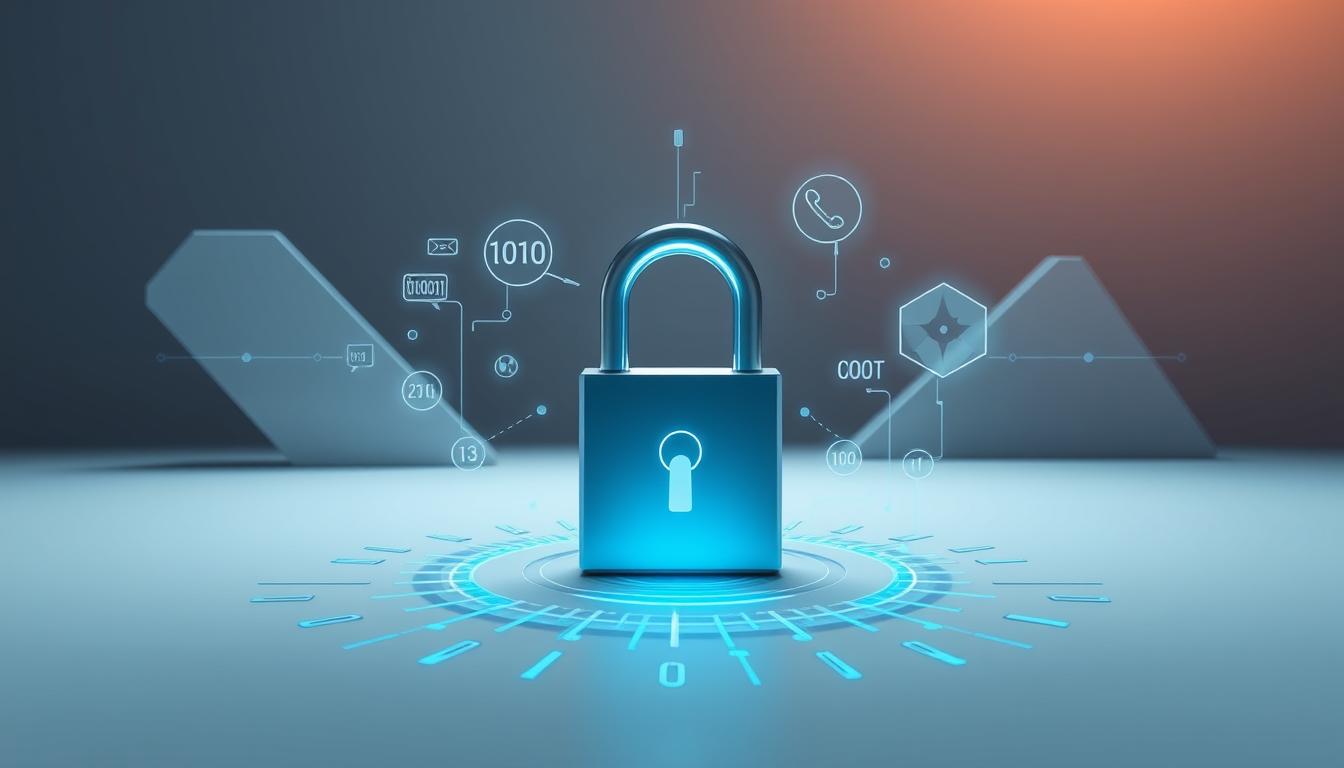


GIPHY App Key not set. Please check settings